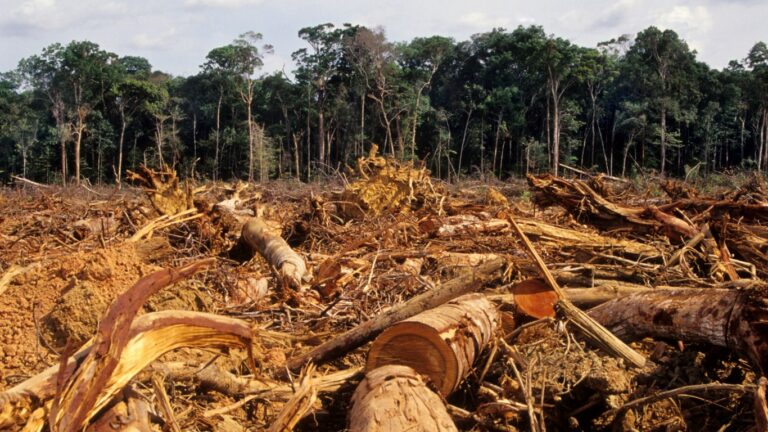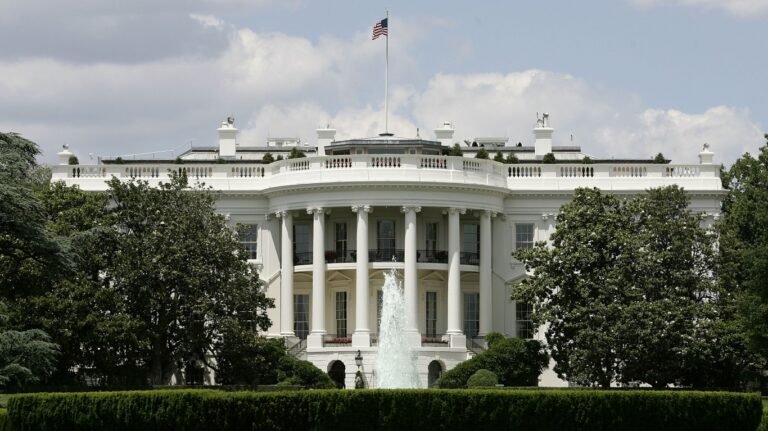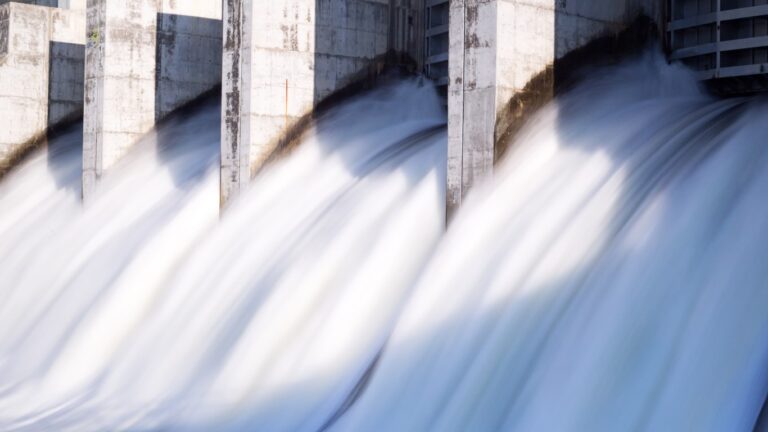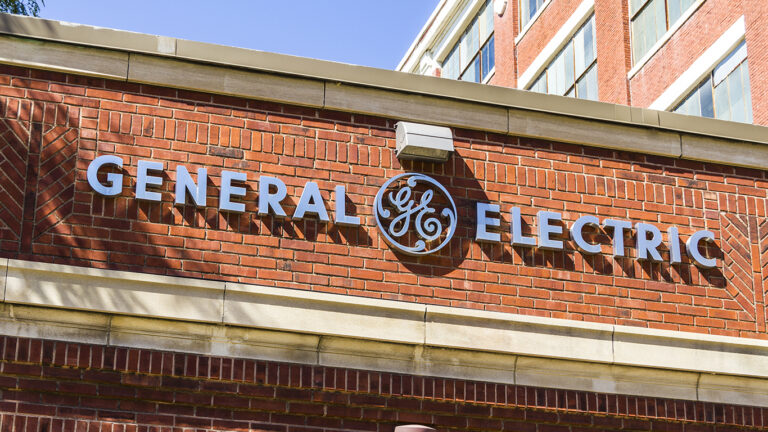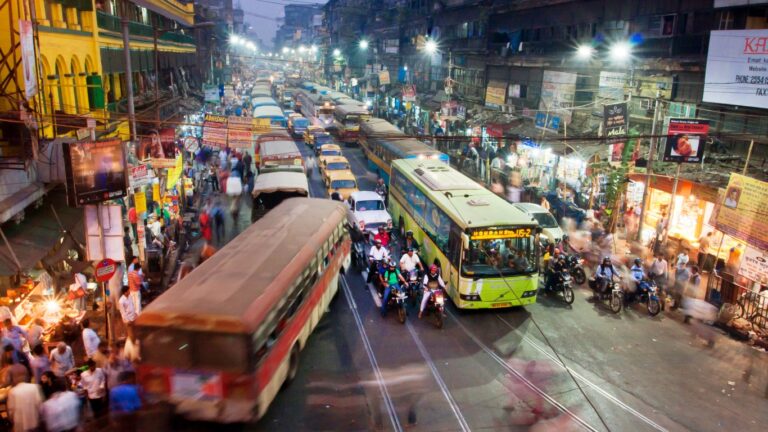Shocking Jump In City Rain Threatens Safety Economics

Climate Central has done a large study of rainfall in cities between 1970 and 2024. It looks at hourly rainfall at 144 weather stations. The data show a growth in high-intensity rainfall in 126 of these. In some cities, the growth is massive.
The harshest problems are wide-ranging. “Nearly two-thirds of the 144 locations analyzed (94, or 65%) experienced an increase in hourly rainfall intensity of +10% or more.” Additionally, “The increase in hourly heavy rainfall intensity since 1970 has been widespread. The risks posed by short bursts of extreme rainfall are therefore relevant for both wet and dry locations.”
Wichita Increase Of 38%
The increase in Wichita was 38%, which adds about 34 inches, based on the National Weather Service’s annual total for the city.
One of the most troubling parts of the study is that cities with surges in rain are not concentrated in one region of the US. The No.2 city based on the increase is the almost “rainless” city of Reno. The figure for the Nevada city rose 37% between 1970 and 2024. Rainfall in Fairbanks, Alaska, rose by the same percentage. El Paso’s increase was the same. In Sioux Falls, the increase was 31%.
Preparation For Wildfires And Hurricanes
City services have often been set up for steady weather over the decades. That this works is becoming less true. Rain is just one example. The LA was not adequately prepared for wildfires, and much of the Florida coast is built to stop the effects of major hurricanes. This means, among other effects, that cities and states must prepare and invest in new weather protections.
More from ClimateCrisis 247
- Global Deal On Plastic Pollution Falls Apart
- Lies About Climate Disaster Could Be Blocked By AI
- Only One Nation In The World Can Feed Itself
- Melting Glaciers Could Drive Volcanos


